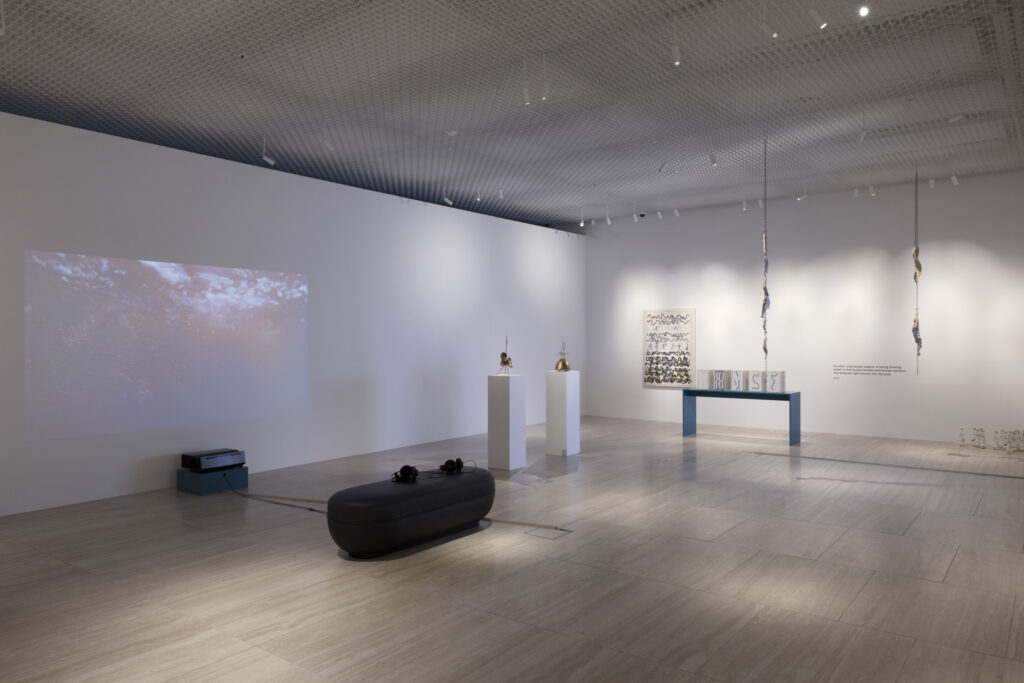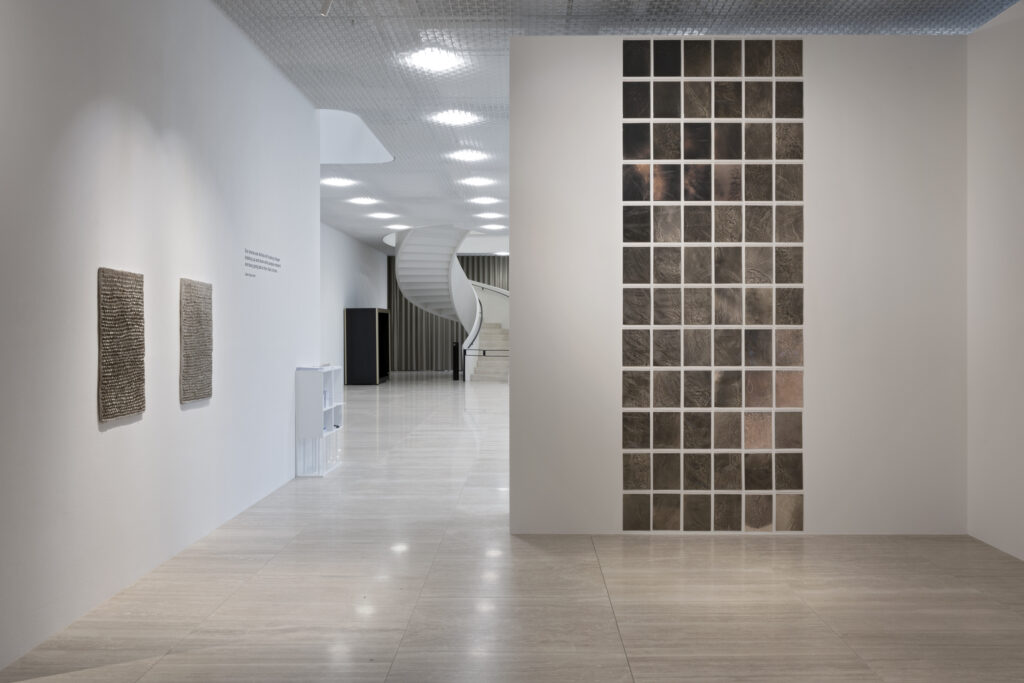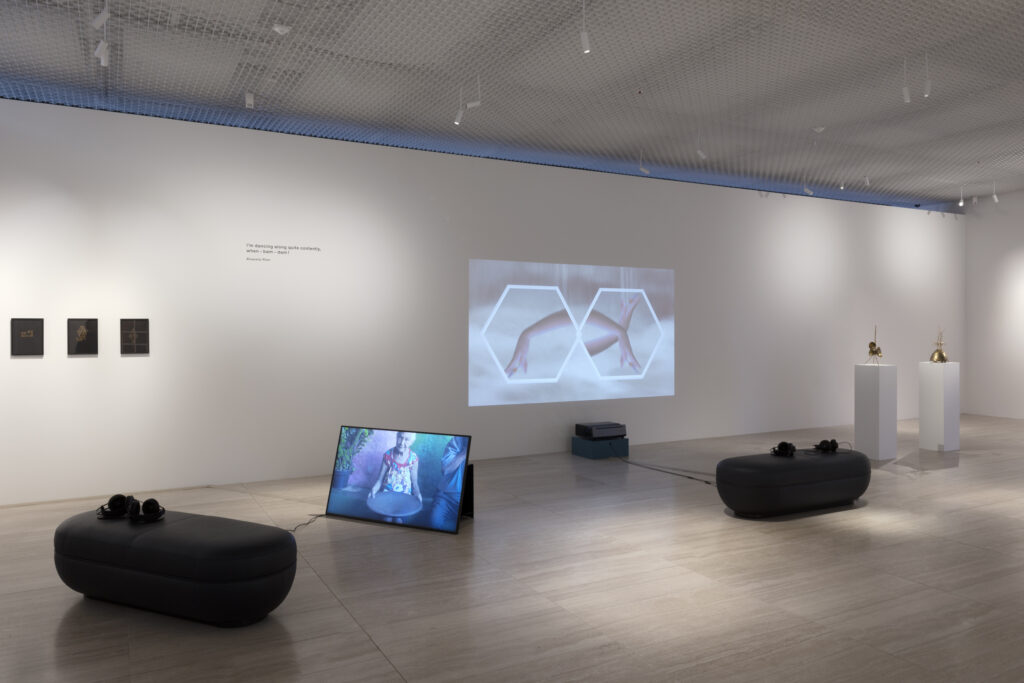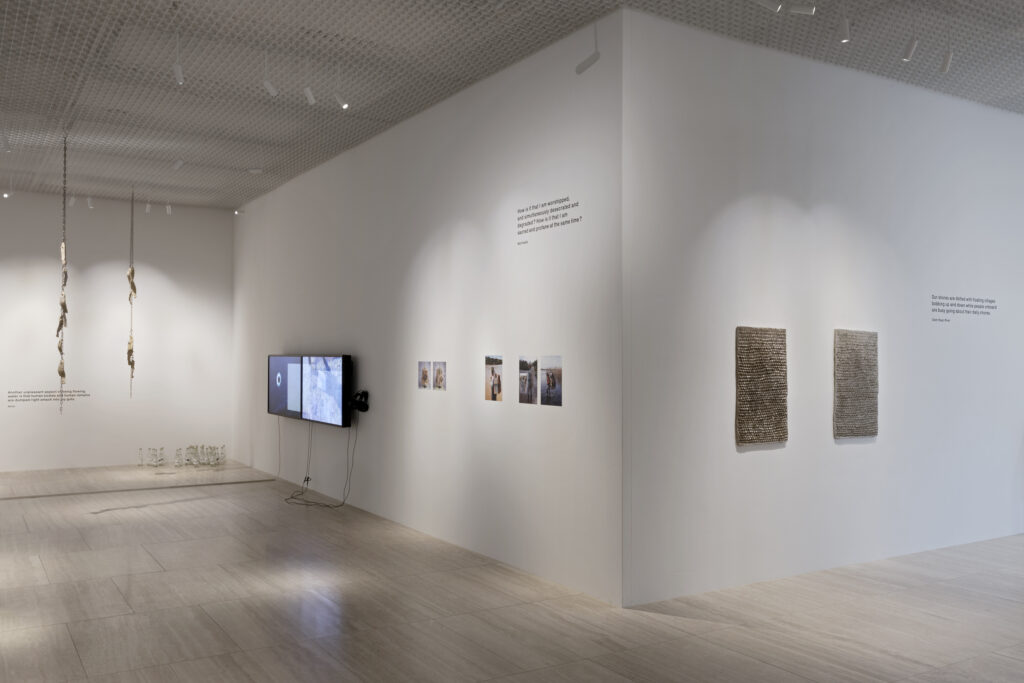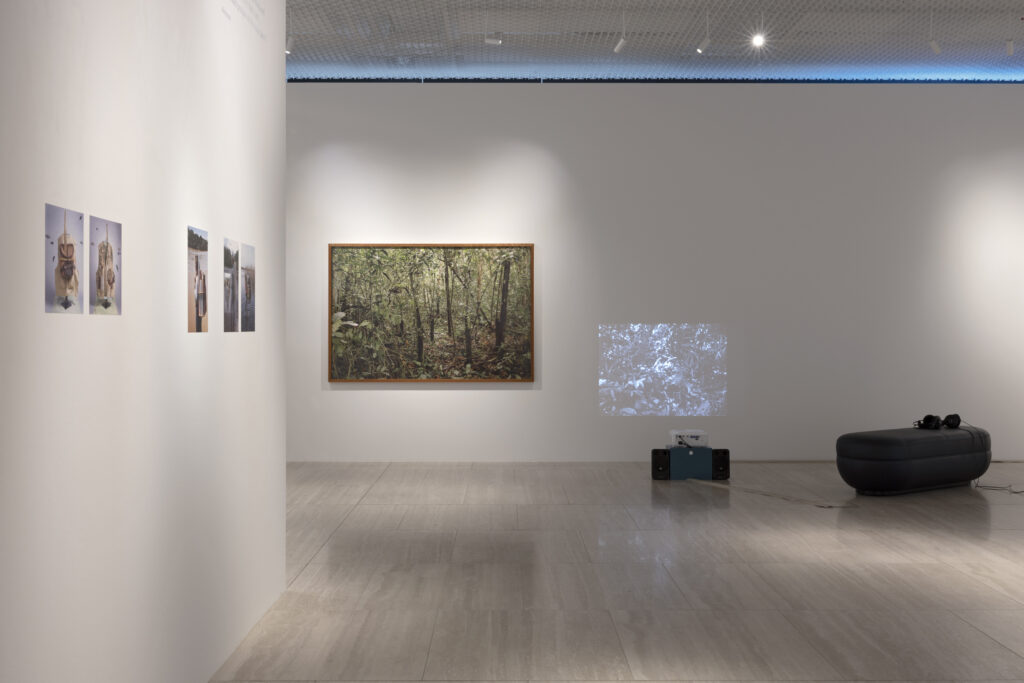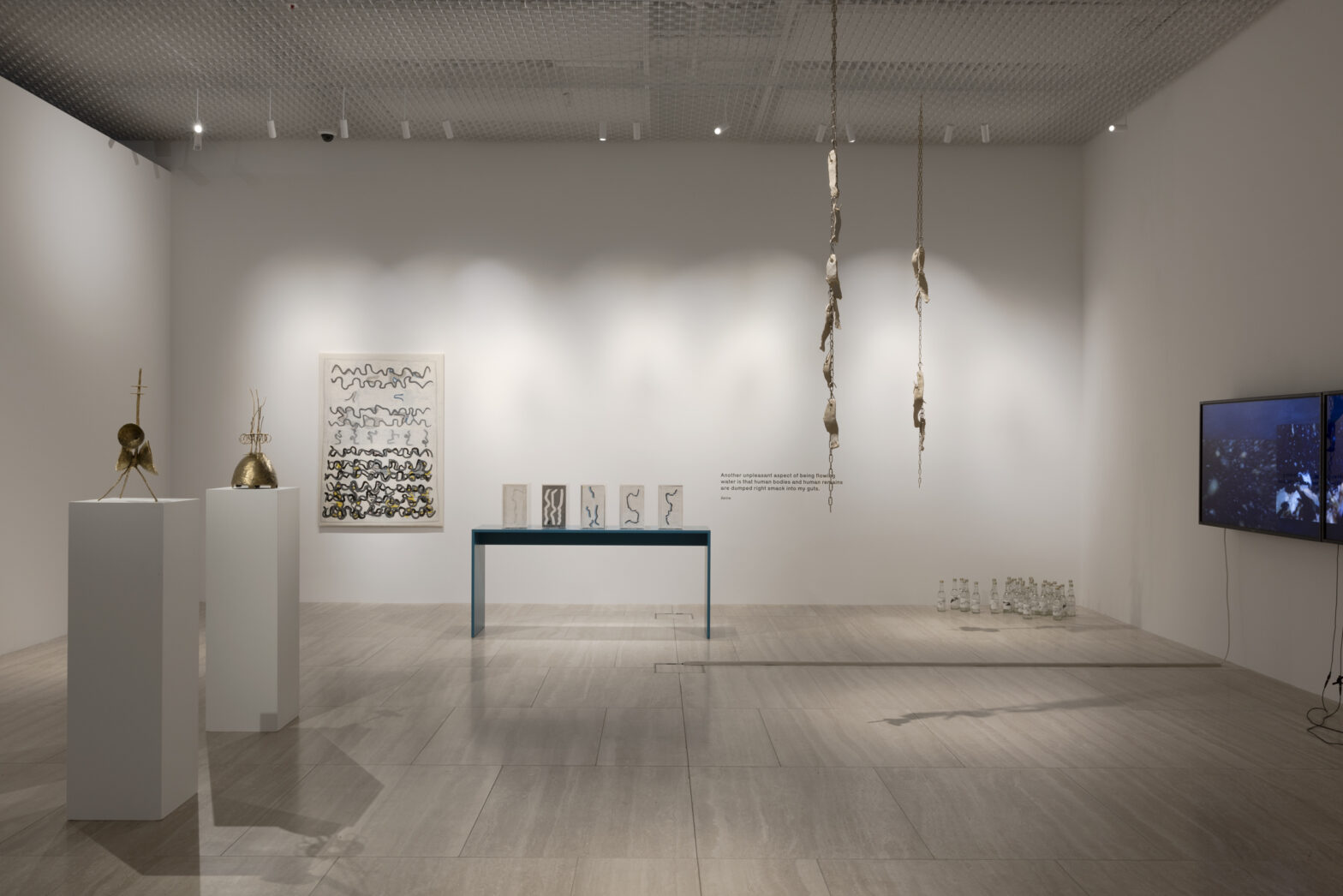The exhibition Riverhood brings together works by nine Swiss and international artists who transform rivers – such as the Lawa in French Guiana, the Rhone, the Rhine, the Clozza in the Lower Engadine, and the Xingu in Brazil – into protagonists. Meaning “the state of being a river”, the term Riverhood represents the unique ways different communities relate to rivers, ranging from respectful coexistence to control and dominance. The exhibition envisions local river landscapes and river systems as an interconnected, global network of knowledge resources. In doing so, thought-provoking impulses for harmonious coexistence between rivers and human beings are provided.
The oldest known human settlements were established along rivers. Rivers traverse the planet like veins, supplying oxygen to humans and animals, to the land and oceans. Therefore, it is not surprising that river landscapes are conflict zones where attributions of meaning are negotiated and interests collide. Over the past 70 years, these conflicts have intensified because of colonization, industrialization, and the ever-growing global hunger for energy. In this context, the treatment of rivers is symptomatic of the treatment of nature as a whole. 37% of the 242 largest rivers on the planet no longer follow their natural course and are interrupted by dams. Not only does this make communication impossible between the artificially formed areas but also between people and the rivers.
The exhibition Riverhood does not treat the river as a symptom of the ecological catastrophe we undoubtedly face. Instead, it understands the river as a knowledge resource and a social agent that can evade human control and contribute to acts of resistance. It raises the question of how we can find a new, sustainable relationship with the river. Nine artists explore this topic in videos, sculptures, drawings, texts, audio works and photograms.
In the River Essays by Basia Irland, rivers become first-person narrators who describe their biographies and share their ancient knowledge. This powerful shift in perspective follows the development that ever more rivers are recognized as (legal) persons with rights – thanks to the engagement of indigenous communities in Colombia, Canada, Australia and many other countries, often linked to resistance movements protesting against dam projects. Carolina Caycedo highlights the impact of dams in her video A Gente Rio / We River, based on four cases in Brazil.
Mathieu Kleyebe Abonnenc weaves his family history with the history of the Lawa River in his Wacapou project. The drawings and the audio piece Wanta Wayana by Marie Velardi are also situated close to the village of Wacapou. During two trips, Velardi visited the indigenous Wayana community, where she interviewed village women about their future prospects along the embattled Maroni River on the border between French Guiana and Suriname. Meanwhile, Magali Dougoud takes a feminist look at the history of violence in the flowing waters of Berlin. In her work, she explores the river as a place where bodies mix and evolve, where minorities have a voice, and where the Womxn Waves rebellion begins.
In the sense of a self-portrait, 86 Rivers by Dadi Wirz compiles all the rivers the artist has visited in his long and travelled life, taking the form of drawings and forms milled from metal plates. Other works explore the collaborative and poetic potential of rivers. Yvan Alvarez uses photograms to capture the movement of the water in the Rhone, making the river visible as a spatio-temporal quantity. In the video Lost Waters & Found Stairs by Flurina Badel & Jérémie Sarbach, a mountain stream plays the flute. Dunja Herzog unleashes the musical power of the river goddess Oshun in her multi-part work, Instruments For The One Who Dances With Jiggling Brass. For the exhibition opening, Herzog invites visitors to take in the river: for the edition Rhymurmle, the artist bottles filtered Rhine water.
